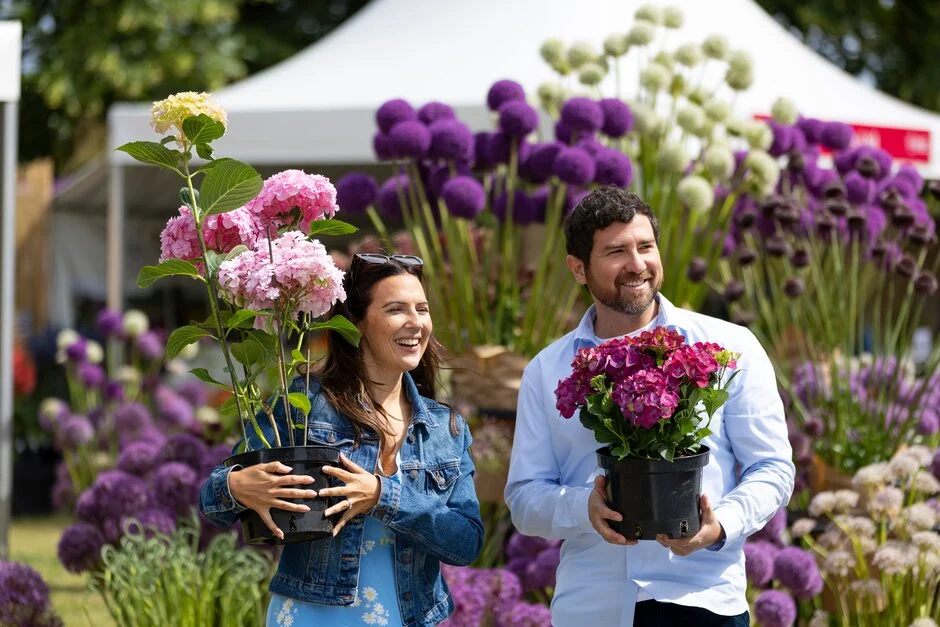Marigold Evergreen Quicksilver: Everything You Need to Know About This Unique Plant Blend

Unveiling the Mystery – What Is “Marigold Evergreen Quicksilver”?
“Marigold Evergreen Quicksilver” isn’t a formally recognized botanical species, but more of a creative synthesis of three distinct plants: marigold (Tagetes spp.), evergreen shrubs, and specifically Elaeagnus ‘Quicksilver’. While marigolds are vibrant, annual blooms, evergreens like Elaeagnus ‘Quicksilver’ offer year-round foliage. Together, they form a striking, textural, and seasonal planting combination. In essence:
- Marigolds bring seasonal color and pollinator appeal,
- Evergreen plants provide structure and winter presence,
- Quicksilver enhances the palette with silvery foliage and fragrant flowers.
Blended skillfully, they deliver visual diversity and functional harmony in the landscape.
Meet the Trio – Individual Plant Profiles

Marigold (Tagetes spp.)
Marigold Evergreen Quicksilver are hardy, annual flowers from the Asteraceae family, cherished for their bright yellow, orange, red, or cream blossoms. They thrive from late spring until frost, adapt to a wide range of soils, and demand minimal care. Varieties include:
- African marigold (Tagetes erecta): Tall plants up to ~2 m, with large full blooms.
- French marigold (Tagetes patula): More compact, bushy plants with colorful, smaller flowers.
- Signet marigold (Tagetes tenuifolia): Delicate, lacy, edible flowers.
Marigolds are valued for bright summer displays and companion planting, often deterring pests and attracting beneficial pollinators.
Evergreen Shrubs – Backbone of the Garden Year-Round
Evergreen shrubs offer structure, texture, and consistency. Their leaves—be it needlelike, leathery, or glossy—maintain form across seasons, stabilizing garden designs. They act as seasonal anchors, mood-setters, and frames for flowering focal points. Depending on climate and style, popular evergreen families include boxwood, holly, conifers, or Elaeagnus.
Elaeagnus ‘Quicksilver’ – The Epitome of Silvery Elegance
Elaeagnus ‘Quicksilver’, often a deciduous or semi-evergreen shrub, is known for:
- Striking silvery-green foliage with boat-shaped leaves.
- Fragrant yellow-silver blooms appearing in summer, often followed by fruit.
- Salt, drought, and wind tolerance, ideal for coastal or exposed sites.
- Reaching 2.5–4 m in height/spread over time.
- Providing pollen/nectar for beneficial insects.
It thrives in full sun and well-drained soil and requires occasional pruning to maintain its shape and prevent excessive suckering.
Why Combine Them? Benefits of the “Marigold Evergreen Quicksilver” Blend
Combining these three elements yields several notable advantages:
- Year-round aesthetic – evergreen structure supports blooms during off-seasons.
- Seasonal layers – lively summer blooms above cool-toned, textural foliage.
- Pollinator magnet – marigold blossoms attract bees/butterflies; Quicksilver flowers offer additional late-season nectar.
- Low-maintenance resilience – Quicksilver thrives in challenging conditions; marigolds are carefree annuals.
- Stylistic contrast – silvery leaves complement warm marigold tones, adding elegance and calmness.
In short, this trio marries seasonal interest with visual balance and ecological benefit.
Planting & Design Tips for the Perfect Trio
To successfully blend marigolds and Quicksilver evergreen, follow these steps:
1. Site Selection
Pick a spot with full sun. Marigolds require 6–8 hours, and Quicksilver prefers it too.
2. Soil Prep
Use well-drained soil with neutral to slightly acidic pH (6.0–7.0). Incorporate compost to enrich planting beds.
3. Planting Layout
Use a layered design:
- Back layer: one or multiple Quicksilver shrubs spaced ~3–4 m apart.
- Foreground: marigold blocks or drifts 30–45 cm apart, layering by variety.
4. Timing
- Plant Quicksilver in early spring or autumn for sturdiness.
- Sow or transplant marigolds after all frost and when soil warms.
5. Care Routine
- Watering: Keep marigolds moist until established, then moderate. Quicksilver tolerates dryness.
- Mulching: Apply 5 cm compost/mulch to conserve moisture and suppress weeds.
- Deadheading: Remove spent marigold blooms regularly for continuous flowering.
- Pruning: Trim Quicksilver post-flowering to maintain form and remove suckers.
6. Fertilizer
Marigolds need minimal feeding; Quicksilver also thrives without extra fertilizer. Compost works fine. Over-fertilization may reduce flowering.
Optimizing Seasonal Dynamics & Pollinator Ecology
By blending annuals and shrubs like this, you create a dynamic landscape:
- Summer: Marigolds blaze with warm color; Quicksilver blooms add silvery fragrance.
- Autumn: Marigolds may persist until frost; Quicksilver may fruit, providing food for wildlife.
- Winter: Marigold foliage disappears; Quicksilver preserves structure with evergreen leaves and potential winter interest.
These phases inspire continual engagement. Moreover, marigolds support ground-level pollinators while Quicksilver caters to mid-height plant visitors—offering seasons of foraging and biodiversity benefits.
Common Challenges & Troubleshooting
Marigolds:
- Pests: sometimes spider mites or aphids; keep leaves dry, thin plants if needed.
- Diseases: powdery mildew in damp, low airflow conditions; ensure spacing and airflow.
Quicksilver:
- May sucker aggressively—prune and remove unwanted shoots.
- Occasional pests or leaf spot—monitor plants and trim damaged foliage.
- Chlorosis in chalky or shallow soils—improve drainage or use containers with quality soil.
Environmental:
- Drought tolerance is high, but young plants should be watered regularly.
- Quicksilver withstands coastal winds and salt, making it ideal for seaside gardens.
Use Cases – Styling Ideas & Landscape Applications
1. Cottage Garden Charm
Quicksilver as backdrop; rows of marigolds fill in gaps, creating romantic texture and color.
2. Pollinator-Oriented Beds
Marigolds lure bees; follow-up Quicksilver flowering later in season ensures continued resource availability.
3. Coastal Planting Scheme
Plant Quicksilver for salt tolerance; pair with marigolds for spots of warm color amidst silvery tones.
4. Edging & Border Formats
Plant compact marigold varieties in front of Quicksilver shrubs or hedges—achieving formal structure with bright highlights.
5. Container Gardening
Use small evergreen shrubs or multi-stem Quicksilver clones in pots with marigolds spilling over edges—a textural and seasonal statement.
“Marigold Evergreen Quicksilver” Beyond the Garden – Cultural & Symbolic Perspectives

The phrase may resonate beyond horticulture:
- Marigold symbolizes warmth, fertility, remembrance.
- Evergreen stands for eternal life, resilience.
- Quicksilver (mercury) evokes fluidity, transformation, mysticism.
When viewed symbolically, the trio unites themes of liveliness, continuity, and change—a blend meaningful in garden design and metaphorically rich for symbolic planting or ornamental storytelling.
FAQs on Marigold Evergreen Quicksilver
Q: Can these plants coexist in containers?
Yes—using a deep container, plant a dwarf Quicksilver or evergreen, surround with marigolds. Ensure drainage and balanced watering.
Q: Will they work across climates?
Privileged: USDA Zones 6–9 for Elaeagnus, marigolds thrive in warm spring–summer. Cold regions should mulch shrubs and replant marigolds annually.
Q: What pairings enhance this blend?
Consider adding lavender, salvia, or ornamental grasses to complement the color and texture palette.
Q: Are marigolds edible near Quicksilver?
Yes. Signet marigolds are edible; their petals add flavor to dishes. Ensure pesticide-free growing conditions.
Wrapping Up – Why This Blend Works
“Marigold Evergreen Quicksilver” isn’t a recognized species—but a deliberate and creative combination. It brings together:
- Seasonal show, with marigold’s summer blooms and Quicksilver’s structural foliage.
- Year-round interest with color, scent, texture, and form.
- Low maintenance, ecological benefits, and resilience.
- Stylistic versatility, balancing warm and cool, soft and silvery.
If you’re seeking a garden theme that thrives visually, harmonizes across seasons, and gives form to emotion and meaning, this blend offers a rich and rewarding canvas.
